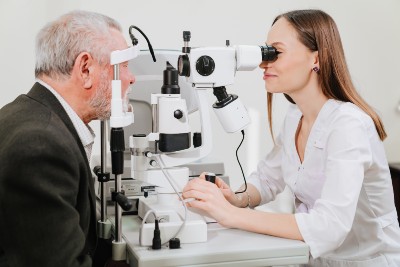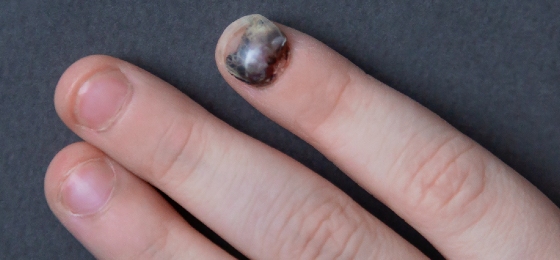Developing Procedural Mastery With Slit Lamp Use Take Home Point: Simulation-based mastery learning (SBML) intervention improved emergency physicians’ confidence in performing and teaching slit lamp exams (SLE) to other clinicians, but this confidence waned after completing the training. Citation: Hamou S, Ghiaee S, Chung C, et. al. Emergency Department Slit Lamp Interdisciplinary Training Via Longitudinal Assessment in Medical Practice. West J Emerg Med. 2024;25(5):725-734. doi: 10.5811/westjem.18514 Relevance: Procedural comfort and competence for a wide variety …
Read More

